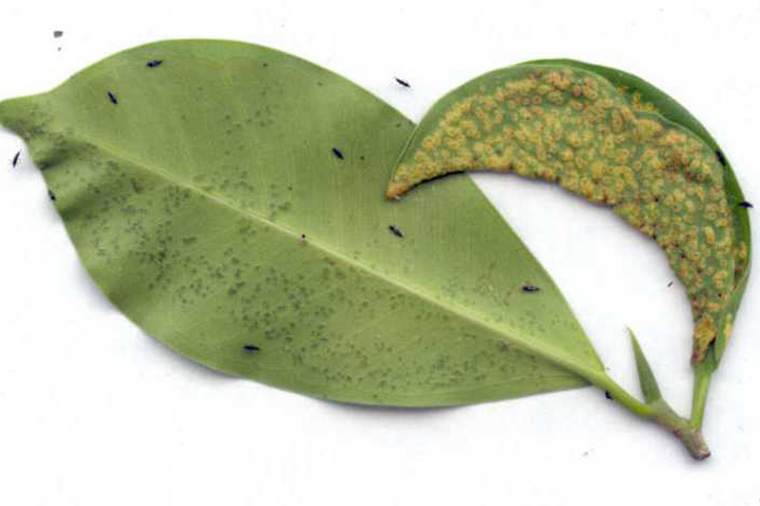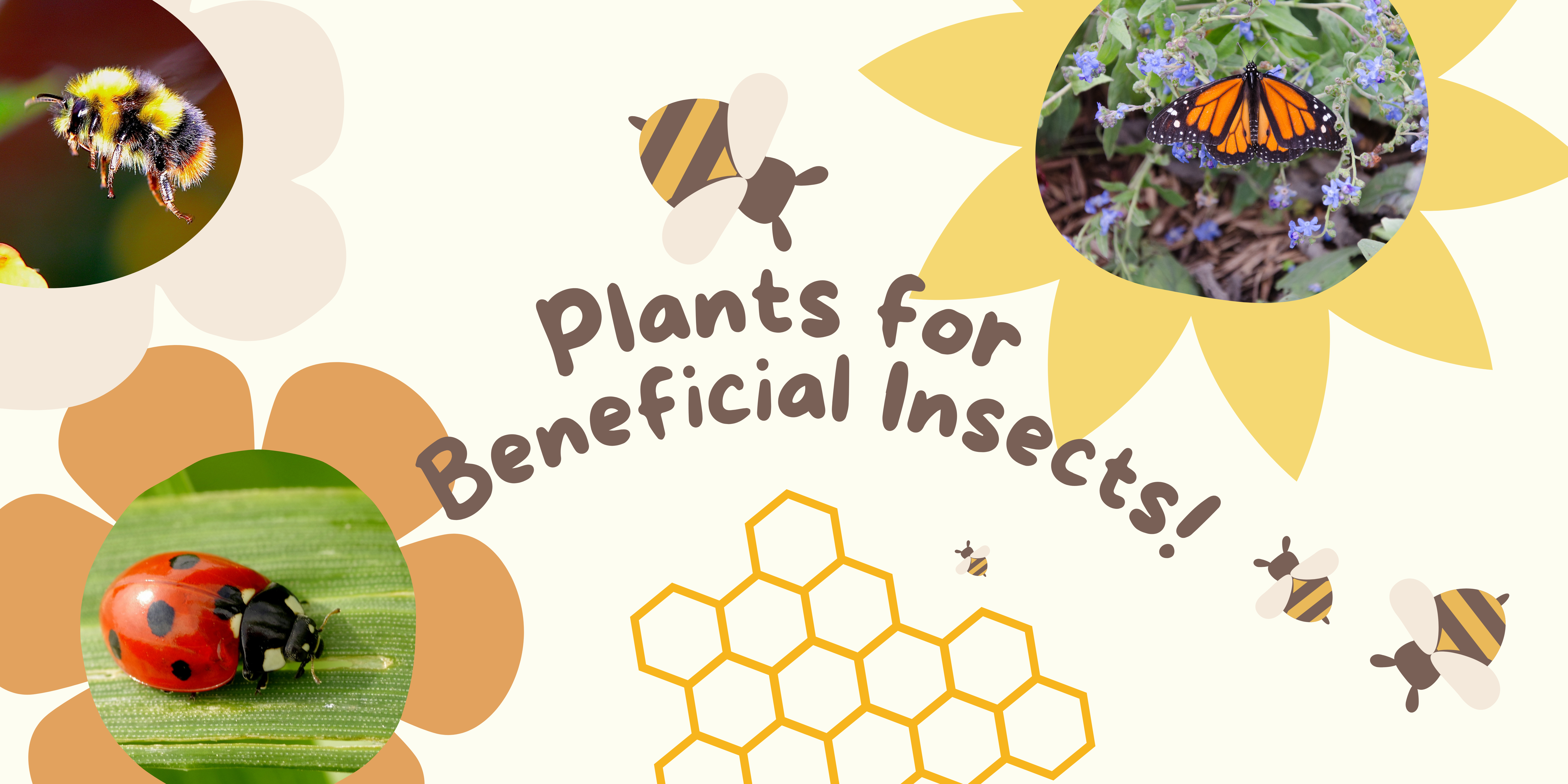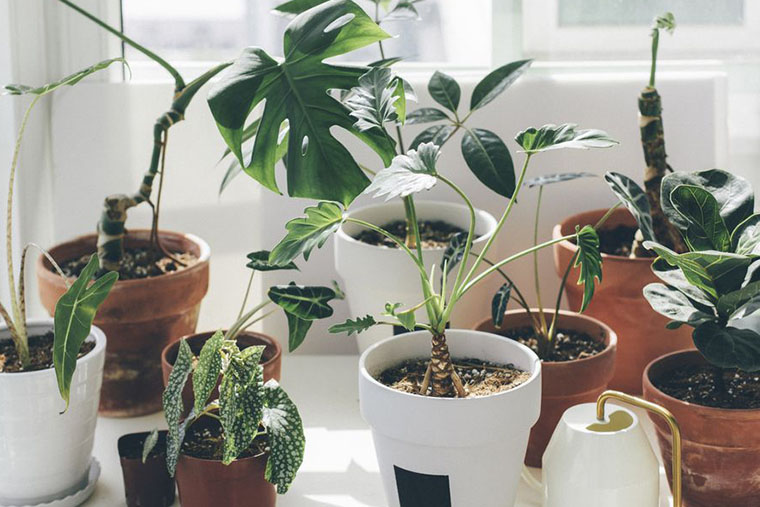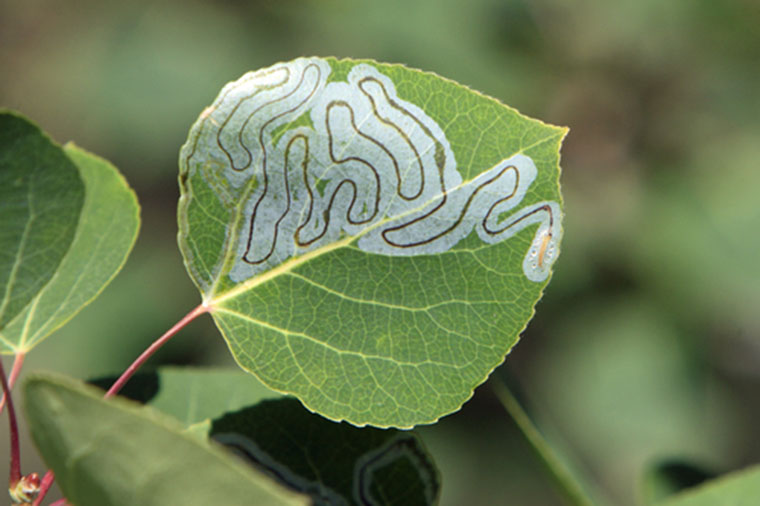What are Thrips?
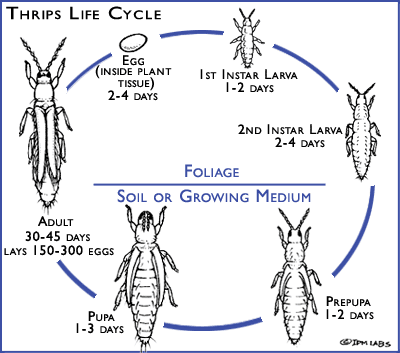
Tiny Bugs
Thrips are tiny (less than 1mm), slender insects with fringed wings and unique asymmetrical mouthparts. Entomologists have identified approximately 6,000 species. Many species feed on plants by puncturing and sucking up the contents. Many thrips species are pests of commercially important crops. A few species serve as vectors for over 20 viruses that can cause plant disease, especially the Tospoviruses.
Reproduction Cycle
Female thrips will insert their eggs into your plant’s foliage, flowers and stems. Then the eggs will hatch and the juvenile thrips, called nymphs, start feeding on your plant. In most species of thrips, the fully grown nymphs will often drop to the soil where they will undergo the pupal stage. After this part of the lifecycle, they will then transform into adults and fly back up to your plant and perpetuate a cycle of destruction. Under the right temperatures and conditions thrips can go from eggs to adult in as soon as 2 weeks.
How to Identify Thrips
Thrips are little cream-coloured or black-sucking insects. They are very tiny, so tiny you often will notice the signs of their damage before you notice the insects themselves. Look for dull or dirty-looking leaves and new growth that is deformed. If you suspect thrips, you may need a magnifying glass to clearly identify them.
How to Manage Thrips
1. Remove Heavily Infested Leaves/Flowers
Cut off or trim away any heavily infested plant parts. Place them in the trash, tie the bag up tightly and discard the bag.
2. Wash Down Your Plant
Take your plant to a sink or shower, or even outdoors if you’d like if it’s warm enough. Rinse off your entire plant as thoroughly as you can, including the undersides of the leaves. This will help knock down the population of thrips on your foliage.
3. Spray with Insecticidal Soap
Next, after the plant is dry, use a good insecticidal soap to spray on your plant. Cover all surfaces the best that you can, including the undersides of the leaves. Leave no surface unsprayed. If you have any flowers that seem affected be sure to spray those as well (or just snip them off and throw them away). The insecticidal soap will kill any nymphs as well as any adult thrips that come in contact with the spray.
4. Apply a Systemic Insecticide
You can sprinkle the recommended amount of systemic insecticide into your soil and water it in. The plant will then take up the insecticide from the roots. When thrips feed on your plant, it will essentially poison them and thus help stop the lifecycle from perpetuating.
 |
| 
